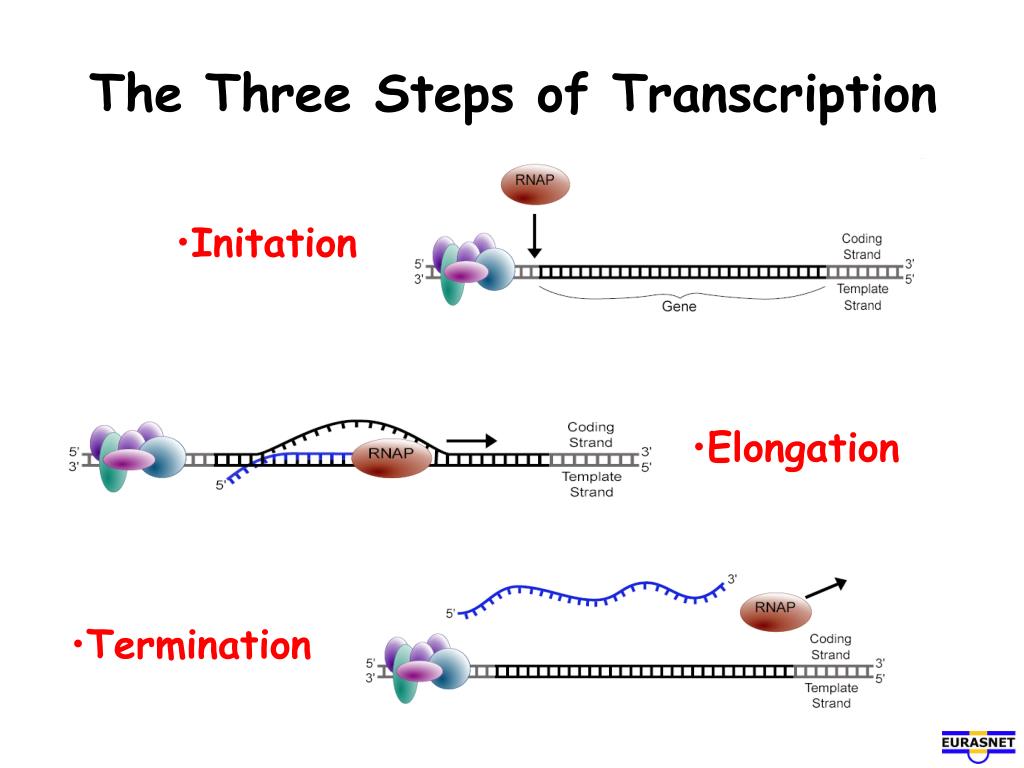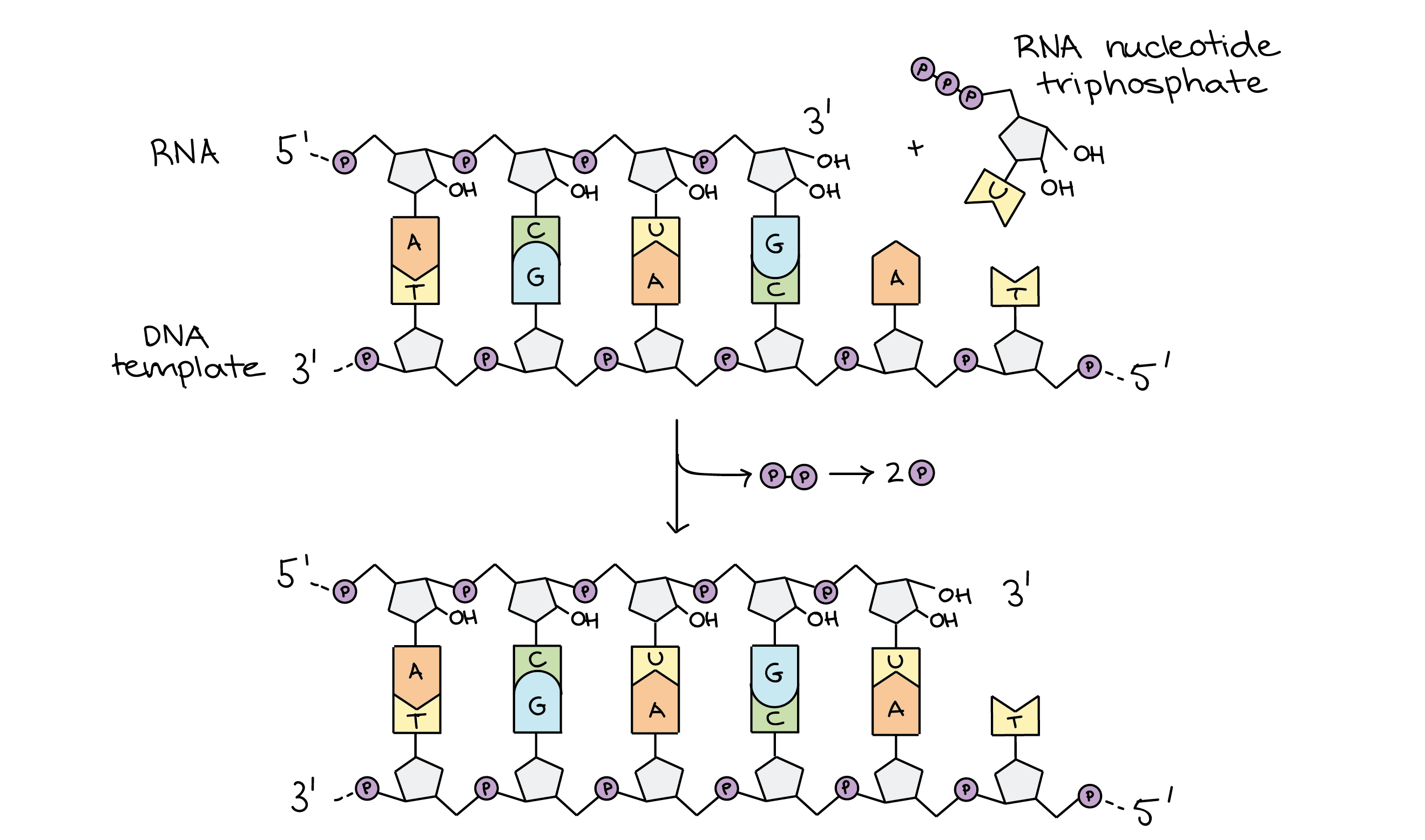

While I've never see any evidence that any of this ever actually happens, it seems possible that in rare cases the change might make an mRNA encode a toxic protein that could kill a cell or worse yet trigger cancer formation.

Transcription is the process that converts a gene in DNA to messenger RNA (mRNA), which can. (Note that this is almost certainly something that happens all the time since all biological processes make errors.) Transcription is the process of converting a DNA sequence into mRNA. If so, probably not much since each gene typically will make multiple transcripts and most mRNAs have a very short lifetime. I'm not completely sure I understand your second question - are you asking what would happen if the "wrong" base was incorporated into an mRNA? RNA polymerase is the main enzyme involved in the transcription process. This is briefly covered in the next article - short answer: yes, but transcription termination is still being actively studied and is not completely understood. There are three major steps in mRNA transcription namely, initiation, elongation, and termination. This clover-leaf structure supports the eventual connection between every codon, anti-codon and amino acid. One of these hairpin loops contains a sequence called the anticodon, which recognizes and decodes the mRNA molecule three nucleotides (one codon) at a time during translation.

The tRNA molecule actually contains three hairpin loops that form the shape of a three-leafed clover. RNA polymerase III catalyzes the transcription of tRNA precursors in the nucleus. Another more general example is tRNA, a central player in protein synthesis, which is partially formed by hairpin loops. Initiation: Initiation is the first stage of transcription, in which RNA polymerase binds the sequence of DNA molecules known as Promoter. Once a polymerase meets this loop, it falls of and transcription ends. Transcription takes place in three steps: initiation, elongation, and termination. The DNA transcription of a gene processed its task by using three stages initiation, elongation, and termination. One example of a hairpin loop is the termination sequence for transcription in some prokaryotes. There are many instances of the hairpin loop phenomenon among nucleic acid strands. Hairpin loops can also form in DNA molecules, but are most commonly observed in mRNA. mRNA hairpins can be formed when two complementary sequences in a single mRNA molecule meet and bind together, after a folding or wrinkling of the molecule. In RNA, the secondary structure is the basic shape that the sequence of A, C, U, and G nucleotides form after they are linked in series, such a folding or curling of the nucleic acid strand. Hairpins are a common type of secondary structure in RNA molecules. The resulting structure looks like a loop or a U-shape. A hairpin loop is an unpaired loop of messenger RNA (mRNA) that is created when an mRNA strand folds and forms base pairs with another section of the same strand.


 0 kommentar(er)
0 kommentar(er)
